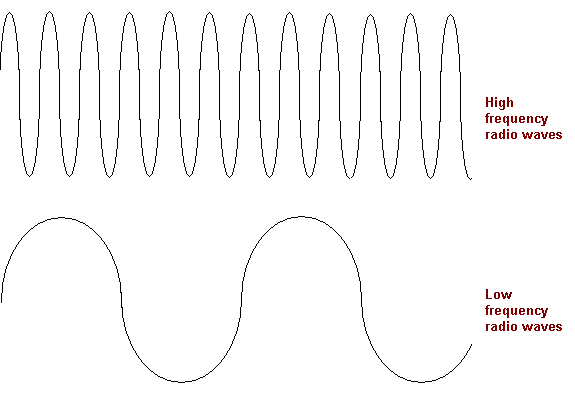When light is intercepted by a diamond, what actually happens is that the photon more-or-less "collides" with an electron in a carbon atom. Its energy is absorbed by the electron and at this instant the photon no longer exists. The electron continues to carry the energy, but since it has mass (unlike a photon) it travels much more slowly than the speed of light. When it finally reaches the other side of its atom, it releases that energy and another photon (not the same one!) instantly springs into existence. Since photons have no mass, the principles of force and acceleration cannot be applied to them, and the photon is traveling at exactly the speed of light throughout the entire duration of its existence.
Rather quickly, that photon runs smack-dab into another carbon atom (since they are so close together in a diamond crystal) and the same sequence of events occurs again. Yet another photon then travels to yet another carbon atom, until eventually the last photon reaches the other side of the diamond and flies through space unencumbered.
So "light," in the form of photons, is only traveling through the diamond in the spaces between the atoms. When the energy is being transported within an atom by an electron, from one side to the other, this is not really light.
The light changes back and forth from photons into another energy medium. Only when it is actually "light," i.e. photons, does it move at the speed of light. The rest of the time it is moving at the slower speed that a particle with mass (in this case an electron) is capable of reaching.
The light never slows down. It just changes into a different form of energy, which is carried by particles with mass, and particles with mass move slower than light.
After all, when sunlight hits the roof of a black car and is absorbed, we don't say, "The light is not moving at all inside the black paint." We say that the light has changed into a different form of energy: the heat that makes black cars very uncomfortable in the summer, the reason nobody buys black cars in Arizona. When the photons hit the roof, they cease to exist. There is no more "light."


